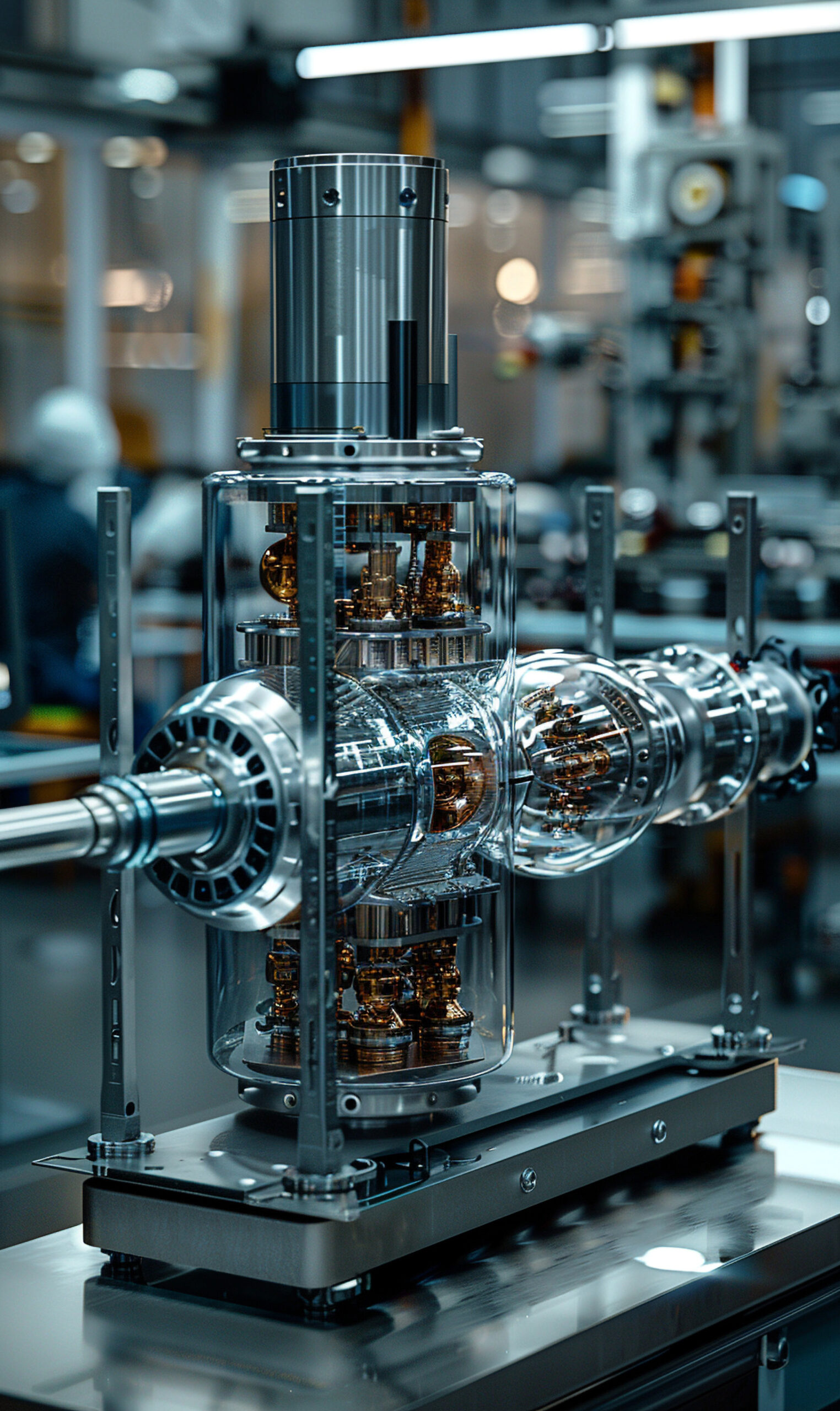Developing new materials has historically been a complex and slow process, taking 15 to 20 years from conception to implementation. However, the use of AI is drastically reducing these timeframes, enabling innovations to reach the market faster. This advancement is essential for addressing urgent challenges like carbon emission reduction, efficient energy storage, and the large-scale adoption of renewable energy sources.
AI optimizes the selection and combination of elements at the atomic level, allowing for the creation of materials with precise properties tailored to specific needs without relying on the traditional trial-and-error approach. Technologies that once required decades to perfect can now be developed in a few years.


One of the most notable uses of precision atomic manufacturing is in developing materials for clean technologies. Solar panels and batteries, for instance, are experiencing significant improvements in efficiency and durability thanks to materials developed with AI. These technologies not only need high energy conversion capacity but also require materials with a long lifespan and resistance to extreme environmental conditions.
AI has enabled the design of new photovoltaic materials that capture solar energy more effectively, even in low-light conditions or with suboptimal incidence angles. These next-generation materials not only increase the energy efficiency of solar panels but also reduce production and maintenance costs, facilitating their widespread adoption in resource-limited regions.

In energy storage, AI is helping to discover materials for batteries with higher capacity and longer charge cycles. These advances are crucial for sectors like electric mobility, where long-lasting, fast-charging batteries are key to adopting electric vehicles. Additionally, new materials can withstand intensive usage without losing efficiency, significantly reducing replacement costs and the environmental impact associated with battery disposal.

Using AI in precision atomic manufacturing not only speeds up material creation but also allows for optimizing the performance and efficiency of materials based on their specific applications. However, it also presents significant challenges, such as accessing large datasets to train AI models and the need to invest in advanced computational infrastructures.
Adopting AI technologies in material development provides a competitive edge for countries and industries investing in this innovation. In addition to reducing development times, materials produced with AI are often more efficient, sustainable, and adaptable to the environment in which they will be used.
Advances in precision atomic manufacturing driven by AI promise a future where intelligent materials can adapt to specific industry demands in real-time. Imagine self-repairing materials for urban infrastructure, solar cells that optimize their performance based on climate conditions, or biodegradable batteries with extended lifecycles. These innovations would profoundly reshape the relationship between humans and the planet by enabling much more sustainable resource use.
With AI leading materials design, clean technology, energy storage, and electronics sectors are set for accelerated growth, laying the groundwork for a greener, more resilient economy.
